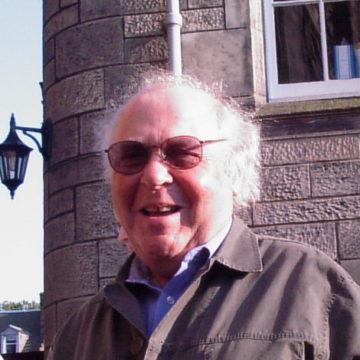 Thomas Meaney in Sidecar:
Thomas Meaney in Sidecar:
Family lore has it that during the First Russian Revolution – 1905 – his mother carried anti-Czarist pamphlets in her school knapsack, and that she later worked briefly as a secretary to Rosa Luxemburg. That is where any biographer of Marshall Sahlins might want to begin. Or with the 18th-century mystic, the Baal Shem Tov, the founder of Hassidic Judaism, from whom the Sahlins clan sometimes claimed descent. Born in 1930, Sahlins grew up on Chicago’s West Side, in a family unaffiliated with any Russian faction, but the radical nimbus remained. His interest in anthropology came early, as a boy, playing cowboys and Indians, with a decided preference for the latter. The discipline attracted the children of Jewish immigrants in the interwar decades. Saul Bellow and Isaac Rosenfeld, fellow West Siders, also started out in anthropology, which provided critical purchase on their otherwise headlong plunge into American society, along with the means to levitate thrillingly above the folkways of the old country that persisted in their families and neighbourhoods.
Sahlins is sometimes treated as an heir to the grand American anthropology tradition of Franz Boas. In fact, he stemmed from a rival line. As an undergraduate at the University of Michigan in the 1950s, he studied with the Mencken-like maverick – and anti-Boas brawler – Leslie White. A former student of Veblen and a member of the Socialist Labor Party, White had toured the Soviet Union on the eve of the Great Depression and wrote for Party publications under the name ‘John Steel’. He was a paradoxical figure. Culture, in his conception, was both a reflection of a society’s underlying economic constraints, but also an autonomous force organizing its social life. He developed a theory of technological determinism in human history, but also insisted that most of his contemporaries had underplayed the degree to which humans were a symbolically constituted species (these were among the antinomies that Sahlins would try to resolve).
More here.
